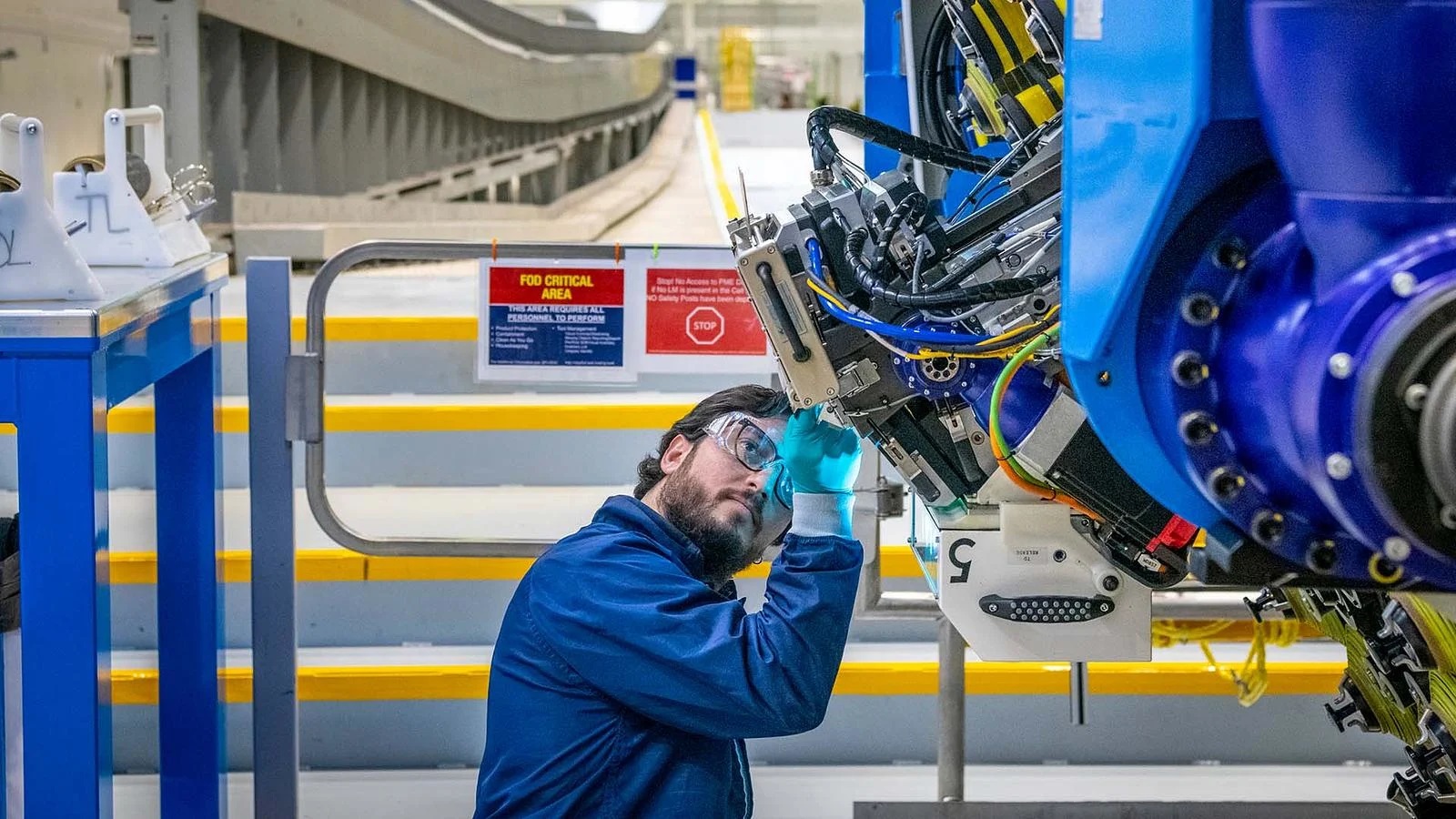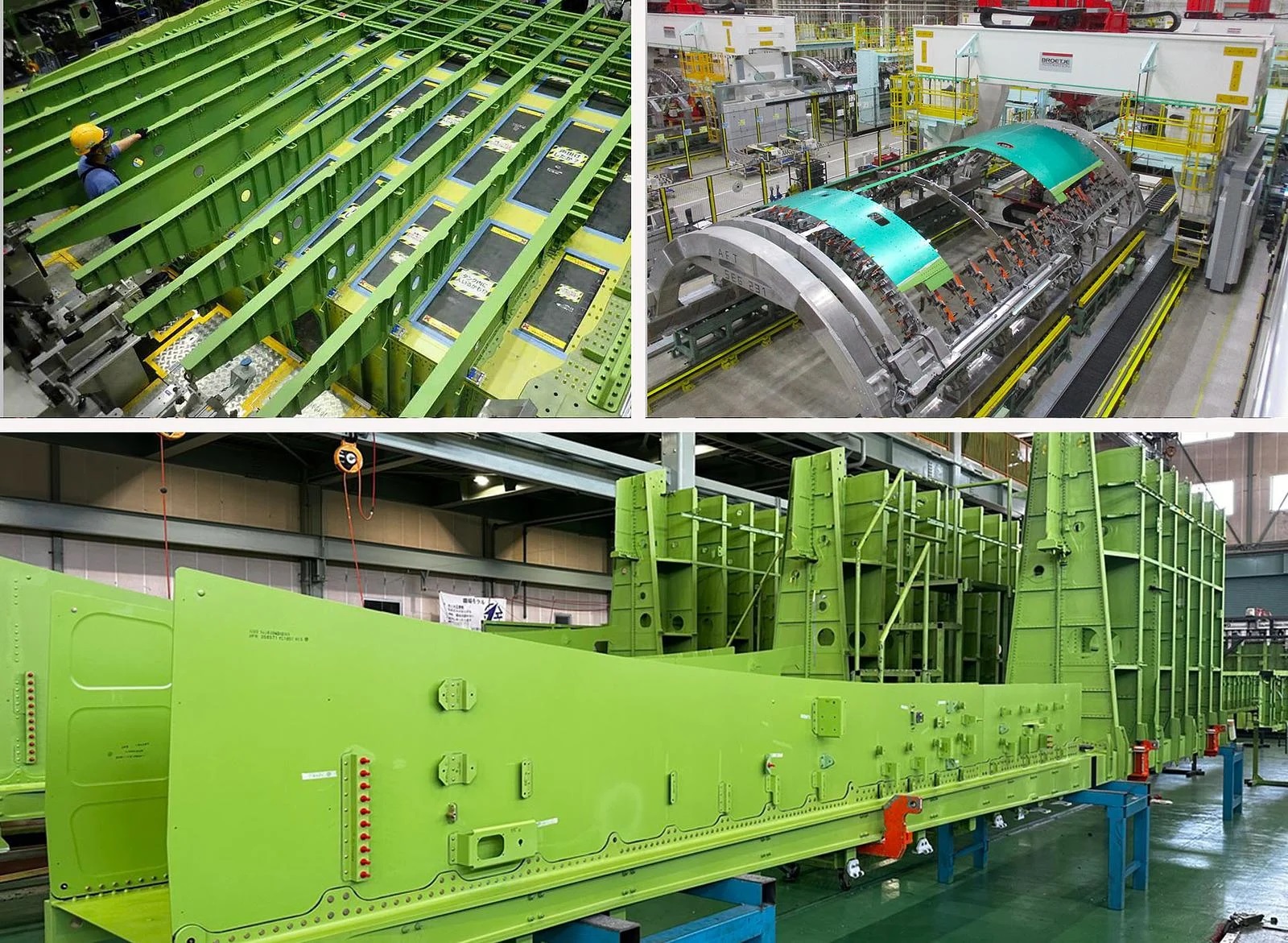What’s next: Engineers have completed more than 80% of the drawings that define the configuration of the 777-8 Freighter and are continuing detailed design of systems and parts. Teams are also testing systems in laboratories to help demonstrate they perform as intended.
Why it matters: “Customers have a definite preference to choose Boeing – Boeing’s family of freighters serve 90% of the global freighter market,” said Ben Linder, 777 and 777-8 Freighter chief project engineer. “We’ve earned that, and customers are counting on us to deliver the first 777-8 Freighter to expand their operations and replace retiring 747-400 Freighters.”
777X family: The 777X family – the 777-9, the 777-8 Freighter and the 777-8 passenger airplane – are the newest members of Boeing’s market-leading widebody family.
- Customers have ordered 59 777-8 Freighters since Boeing launched the program in 2022.
- The 777-8F’s payload capacity is nearly identical to those airplanes, and the new twin jet will have 30% lower fuel use and emissions, 25% better operating costs per tonne and a 60% smaller noise footprint.
- Boeing’s newly released 2025 Current Market Outlook projects a two-thirds increase in the global freighter fleet by 2044, including approximately 885 large widebody freighters such as the new 777-8 Freighter.


